The influences on Indian jewellery making are vast and varied, reflecting the country’s long history of cultural exchange, international trade, craftsmanship, and artistic expression. Some of these techniques were adapted from other countries, some were passed down generations, some have been improvised upon, et cetera. All this has resulted in intricate designs that skillfully display the art of craftsmanship. These techniques have then incorporated different types of materials and gemstones. However, it is essential to note that not all methods are exclusive to Indian jewellery; they are used in Indian jewellery along with other techniques.
The realm of Indian jewellery making is a rich tapestry woven with influences spanning cultural exchanges, international trade, craftsmanship, and artistic expressions, each leaving an indelible mark on its heritage. Techniques of varying origins have found their way into this magnificent art form, passed down through generations, adapted, and improvised upon. The culmination of these endeavours has resulted in breathtaking designs that showcase the pinnacle of skilful craftsmanship. These techniques have seamlessly integrated an array of materials and gemstones, enhancing the allure of Indian jewellery. It is worth noting that while these techniques are not exclusive to Indian jewellery, they coexist harmoniously alongside other methods.
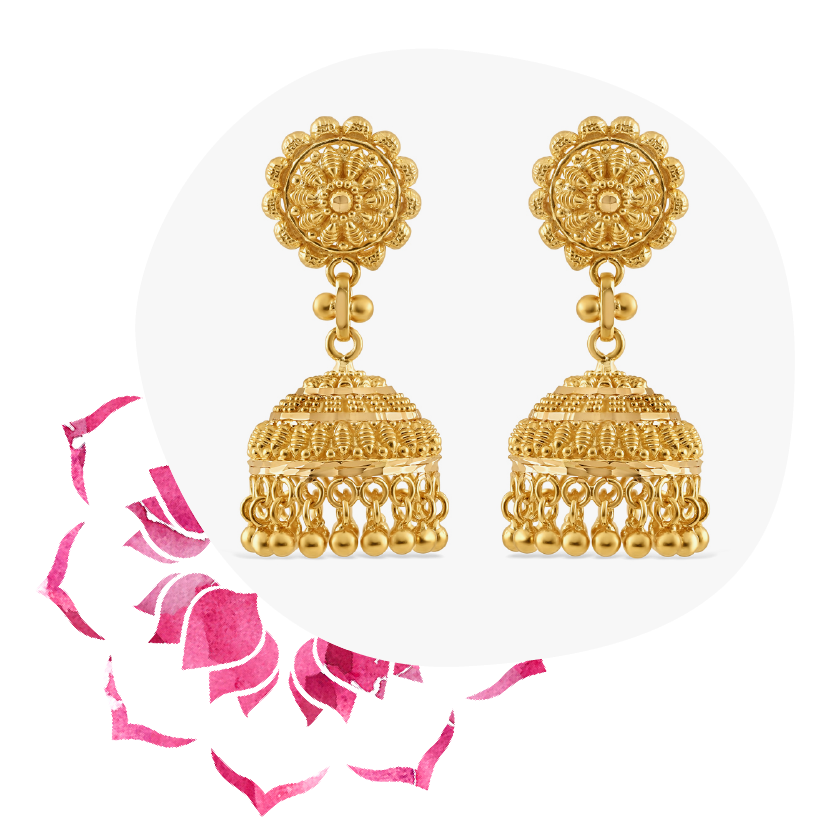
Different regions in India, such as Rajasthan, Gujarat, South India, and North-East India, may have unique approaches to these techniques, incorporating local design motifs, materials, and decorative elements. Over time, Indian jewellery has witnessed captivating transformations, evolving into a testament to artistic growth
Some Of These Techniques Are:
Meenakari (Enamelling)
Meenakari is an enamelling technique of colouring and ornamenting the surface of the metal, particularly gold and silver, with the help of coloured and powdered glass. The design is first engraved on the metal, then coloured enamel is applied in different shades to create intricate patterns and motifs. After using the coloured enamel, the pieces are put through intense heat. The heat helps in melting the powdered glass, creating a glossy design on the material. Meenakari’s work is commonly seen in Rajasthan and Gujarat.
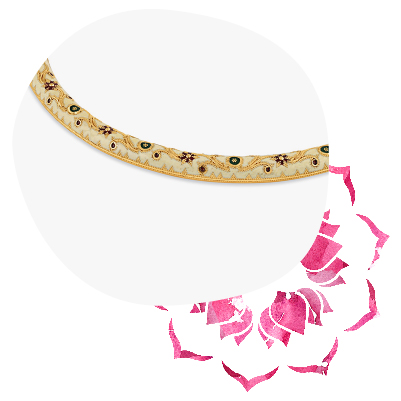
Kundan, Jadau and Polki
Often the words Kundan, Polki and Jadau are used together.
Polki is an uncut or sliced diamond. It is flat on one side. As it does not go through various stages of faceting and polishing, it fails to reflect the shine of a faceted diamond. However, they are exceptional in their own way. These uncut diamonds are held together by a foil of gold.
When sliced glass is used instead of diamonds, it is called Kundan. These sliced or cut glass pieces are still set in precious metals such as gold or silver, thus retaining the tag of precious jewellery. However, it is essential to note that some refer to Kundan as 24-carat foiling. It is always important to clarify this with your jeweller or when looking at a piece of jewellery.
Kundan and Polki pieces are held together in a piece by a process called Jadau. The word Jadau can be traced to its root word, “Jad”, which means to embed. This is a type of stone setting technique to hold Polki and Jadau slices. Using 24-carat gold to set Kundan and Polki pieces is known as Jadau
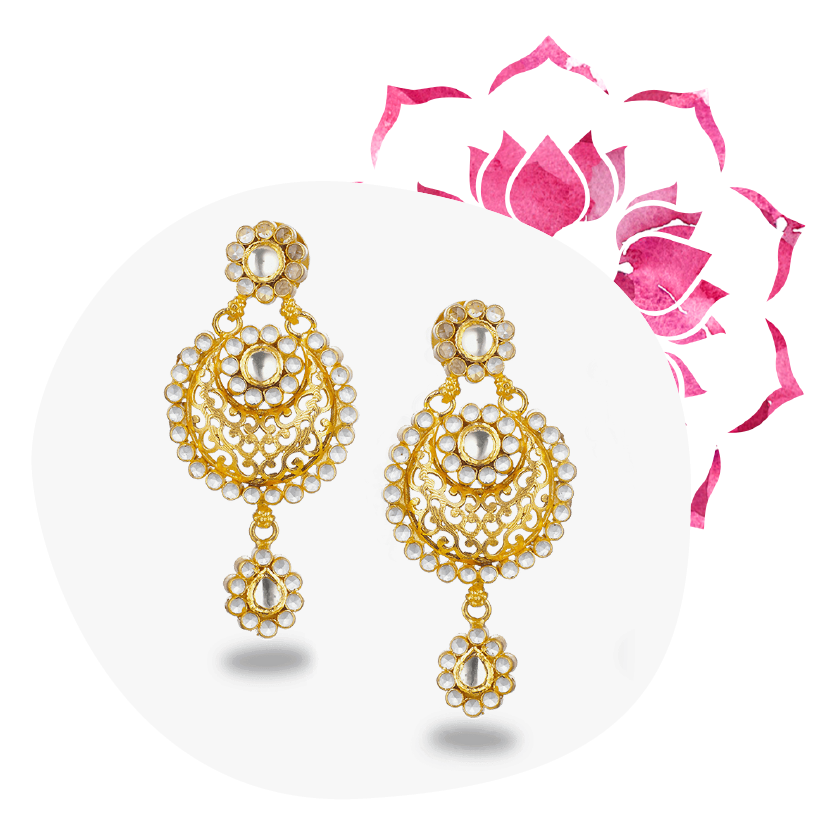
Thewa
Thewa involves fusing intricately crafted gold sheets onto a glass base to create beautiful designs. The gold work is often done with delicate patterns, depicting scenes from mythology, nature, or royal courts. It is a traditional jewellery technique from Rajasthan.
Lac
Lac jewellery, or lacquer jewellery, is a traditional form of jewellery originating in India. It is created using lac, a natural resinous substance derived from the secretions of tiny insects called lac insects. Lac jewellery is often created by moulding the coloured lac onto a base material or framework made of metal, wood, or other materials.
Damascene
Damascene is a decorative metalworking technique involving inlaying different metals into a base metal, usually steel or iron, to create intricate designs.
Granulation
Granulation is a jewellery-making technique that involves placing small, decorative granules or tiny spheres of metal onto a metal surface, typically gold. The method has been used in Indian jewellery for centuries and is known for its intricate and ornate designs. It is very prominent in the southern parts of India
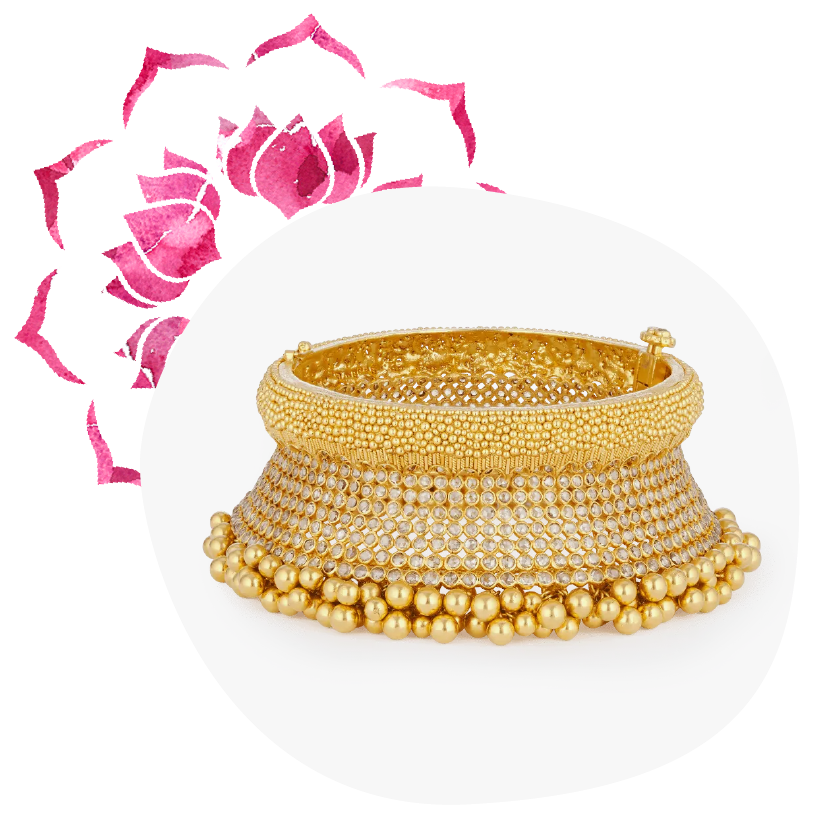
Filigree
Filigree work involves the delicate twisting and curling of thin metal wires, usually silver or gold, to create intricate patterns and motifs. These wires are then soldered together to form a framework that can be further adorned with gemstones or beads. Filigree jewellery is widely produced in states like Odisha, Andhra Pradesh, and West Bengal
Casting
While the casting can seem like a modern concept, it dates back quite a while ago. Casting is the process of mass-manufacturing jewellery pieces using a mould or a die. The mould is created out of a masterpiece. Molten metal is poured into the mould and left to solidify. In what used to be known as Rajputana and central India, the technique prevailed and was mainly used to make brass chains. After development, the casting process became prevalent in Southern parts of India.

Die-Stamping
Die stamping is done by pressing fine gold sheets with a hammer into a specially designed metal mould called a die, allowing the creation of highly intricate and delicate pieces.
Ganthan (Knitting Technique)
Beadwork as a jewellery craftsmanship technique has been around for ages, and every culture has had its interpretation of it. The Ganthan work is beadwork jewellery that came from Gujarat in India. The beads are manually woven with each other using gold wirework forming jewellery. The beadwork is deeply intricate. While it may look delicate, the gold wirework is extremely strong, making it suitable for everyday
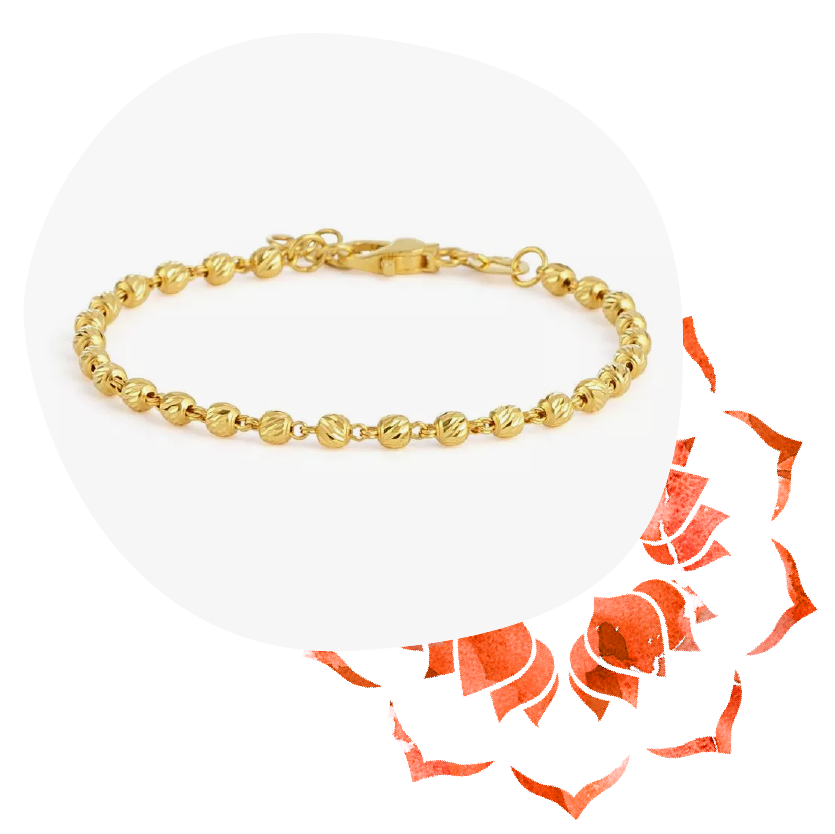
Repoussage
Repoussage is a metalworking technique that involves creating designs or patterns on a metal surface by hammering or pressing the metal from the reverse side to form raised or embossed areas. In Indian jewellery, repoussage is often combined with other techniques such as filigree, enamel work, or gemstone setting to create intricate and ornate designs.
With new machinery and technological developments, some techniques, like repoussage, die stamping, casting, et cetera, have become mechanised. Traditional techniques are not mere relics of the past; they are the threads that weave together our historical tapestry, allowing us to grasp the essence of our present existence. These techniques stand as a testament to the brilliance of the human mind, capturing the spirit of generations past. Preserving these age-old techniques is a poignant endeavour, for they embody the very essence of our cultural heritage.
They evoke a sense of nostalgia, reminding us of our roots and the legacy we carry within us. To safeguard these techniques is to honour our forebears, acknowledging their craftsmanship as an intrinsic part of our identity




